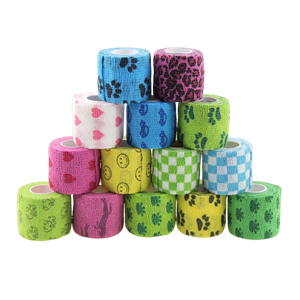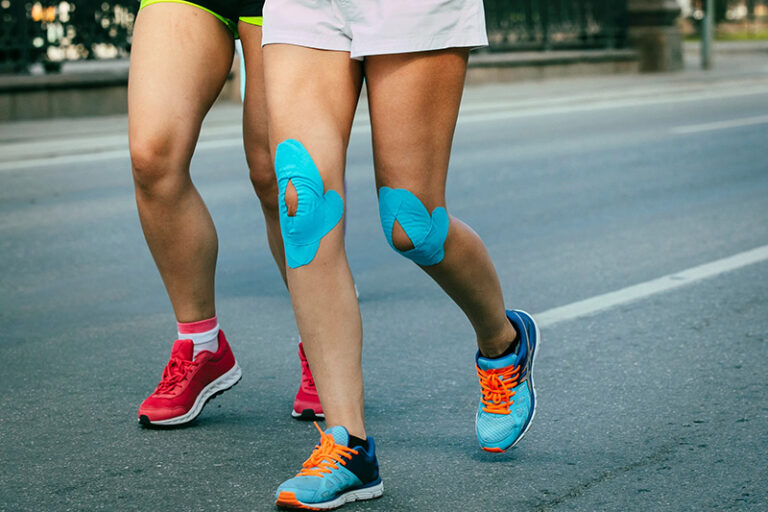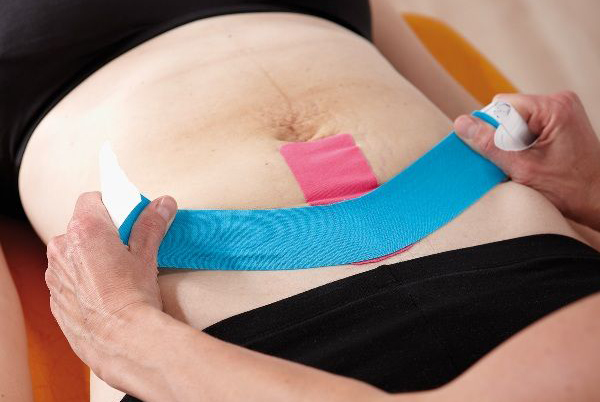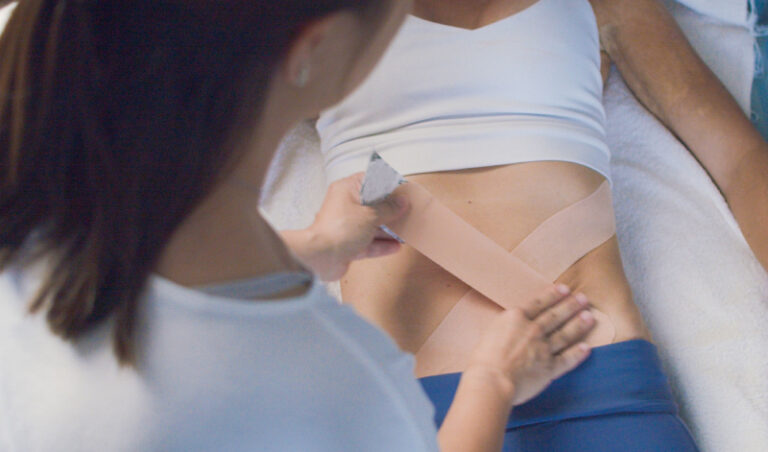Your body can be quite the competitor. It will do what it can in order to achieve a goal. In this article, we talk about how colored sports tape can help you out by providing support and healing your injuries by becoming part of your training exercises.
What is Colored Sports Tape?
Colored sports tape is a great way to heal and support injuries. It can be used as a bandage to protect wounds, or as a temporary solution while you are waiting for the wound to heal. By using colored sports tape, you can help track the progress of your injury and see how it is healing.
There are many different colors of sports tape available, so you can find one that best suits your needs. Some people prefer clear or white sports tape, while others prefer tapes with colorful designs. You can also buy speciality tapes that are designed for specific purposes, such as helping to reduce inflammation or relieving pain.
Whether you are using sports tape to heal an injury or just to support you during physical activity, colored tape can be a useful tool.

How to Apply Sports Tape
When it comes to sports injuries, it’s important to keep your body moving as much as possible to help heal quickly. One great way to do this is by applying sports tape. Sports tape comes in a variety of colors, so you can choose the one that best suits your needs. Here are some tips for using colored sports tape for healing and support:
1. Choose the Right Color for Your Injury: The first step is to choose the right color for your injury. Sports tape comes in many colors, so find the one that best suits your needs. For example, if you have a bruise, use a light blue or pink sports tape to help conceal it. If you have a ligament tear, use a purple or black sports tape to show that you have been injured and need assistance.
2. Apply the Tape Correctly: When applying sports tape, make sure to apply it correctly. Make sure the tape is tight enough so that it doesn’t move but not so tight that it cuts off circulation. Additionally, make sure the tape covers the entire area of the injury.
3. Follow the Instructions on the Tape: Finally, follow the instructions on the sports tape carefully. The directions for applying sports tape can be found on the package of each tape.
When to Use a Different Color Sports Tape for Healing and Support
If you are like most people, you probably have a few sports tapes in your kit that you can use for various purposes. However, there are specific times when you may want to use a different color sports tape. Here are three reasons why:
• To Support Muscle Recovery: When you’re trying to recover from an injury, using a light blue or purple sports tape can help speed up the process by promoting blood flow and helping the area to heal faster.
• To Reduce inflammation: If you suffer from chronic pain or inflammation, using a different color sports tape can help to reduce the swelling and pain. By applying pressure directly to the affected area, you can help reduce inflammation and promote healing.
• To Speed Up Muscle Recovery After Exercise: After working out, using a light green or orange sports tape can help promote muscle recovery by reducing inflammation and promoting the production of proteins. This will help speed up the rebuilding process and help your body return to its usual level of function.


Pros and Cons of Using Colored Sport Tape
Here are just a few of the pros of using colored sports tape:
1. It can help you stay organized and keep track of which tape is for which injury.
2. You can use different colors to identify different types of injuries, such as muscle strains, bruises, and sprains.
3. Different colors can also help you track progress and determine when it’s time to re-tape an area.
4. Colored tapes can be used as a form of self-care, promoting relaxation and stress relief.
5. They offer visual support during physical therapy and rehabilitation sessions.
6. They can be used to create custom healing wraps or splints.
The cons of using colored sports tape include that it can be difficult to see when applied properly, and it may not be as durable as other types of adhesive bandages. Additionally, some people may find the colors distracting or overwhelming.


Conclusion
Whether you’re a runner, cyclist, skier, or just love the feeling of tape on your skin in general, using colored sports tape can be a great way to help heal and support injuries. Not only is it fun to put on yourself (especially if you have a creative streak), but using colors that correspond with your energy levels can also help promote healing and reduce inflammation. Take some time this weekend to experiment with different colored sports tapes and see which ones work best for you!
FAQ
What is the difference between sports tape and kinesiology tape?
Sports tape is stronger, stickier, and reduces the available range of motion available at a joint more than K tape. It is the best choice for hypermobile joints or active injuries.



